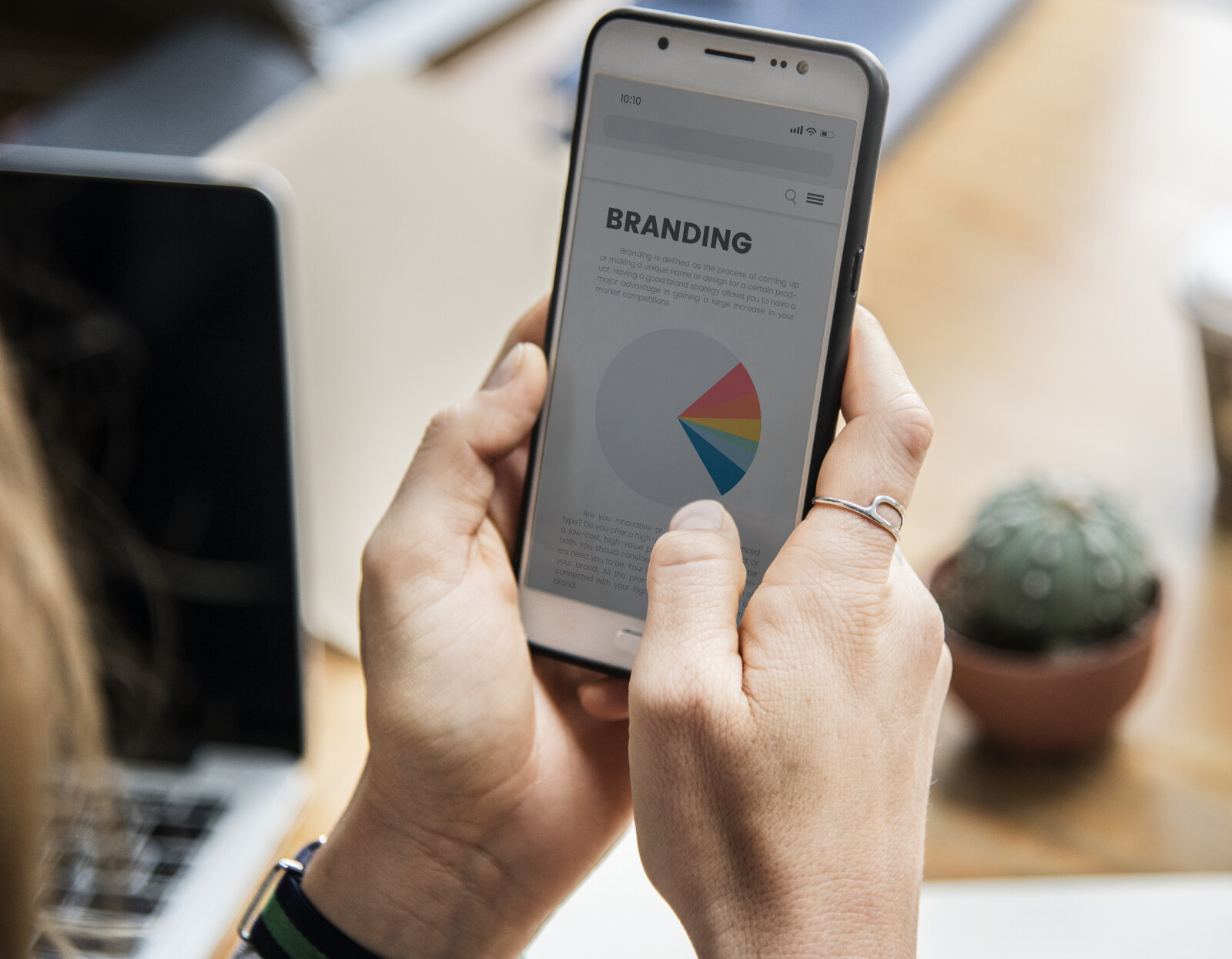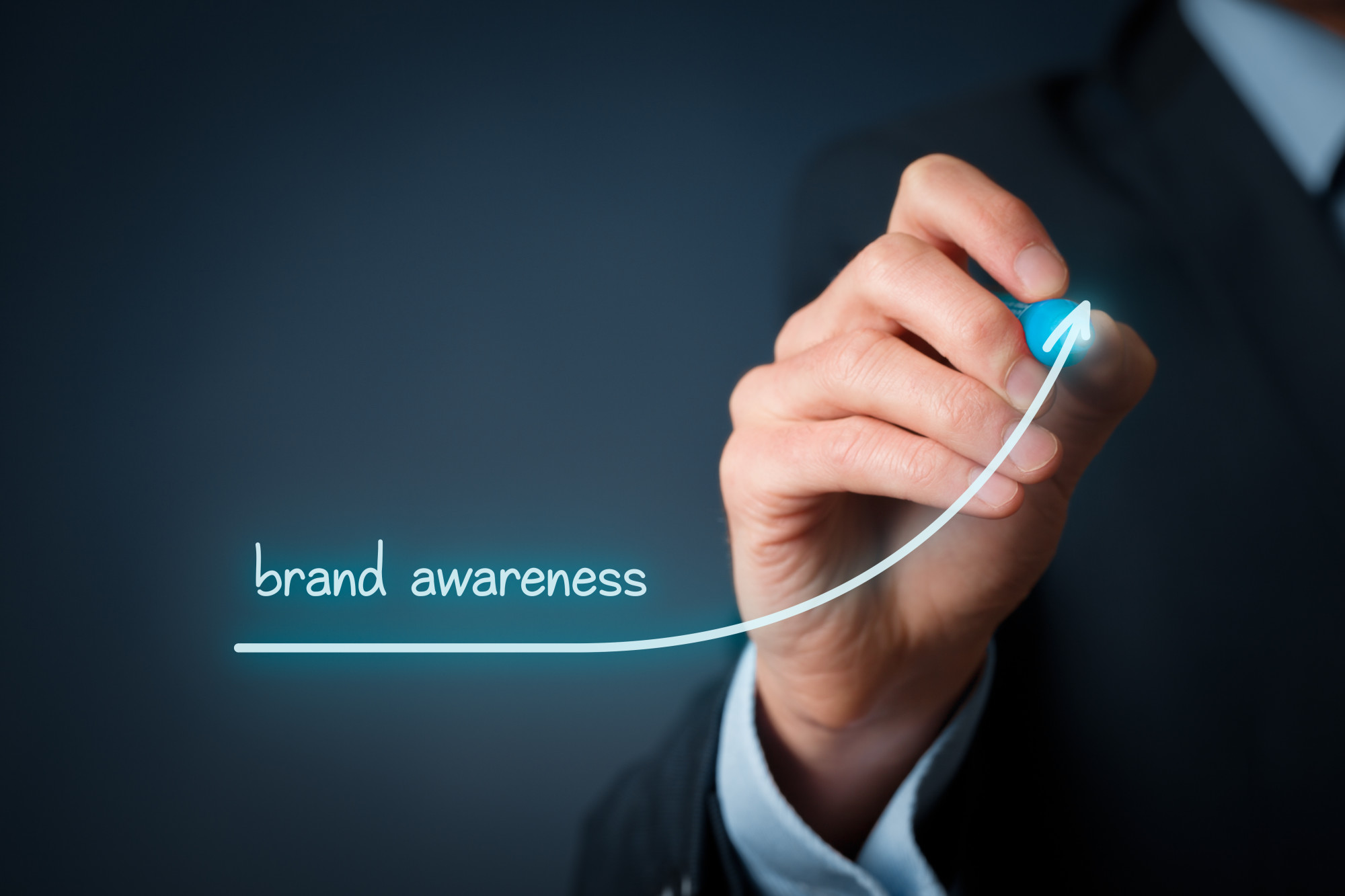Did you know that 100% of consumers will share any content they create at an event? This is a fantastic way to gain exposure for your company and its products. But how do you do this the right way and not go viral for all the wrong reasons?
This highly effective form of marketing takes some work, but the rewards are exceptional. Read on as we tell you how to utilize brand activation.
What Is Brand Activation?
Brand activation is any event, experience, or interaction between your brand and consumers. Its aim of it is to generate awareness of the brand itself and build a lasting relationship between the company and customers.
It is often confused with other elements of marketing, both physical and digital. However, brand activation is defined by an event or experience as opposed to other traditional and digital efforts.
Why Is Brand Activation Important?
Brand activation is important as it creates touchpoints, which are increasingly important in today’s marketplace. Consumers want to have a connection to a company or brand. With numerous faceless companies bombarding consumers with ads every day, they want companies they connect with.
This can be done in several ways. They may range from huge, grand galas at exclusive nightclubs, to sending surprise gifts in the post. Companies could also hold in-store events or virtual gatherings.
If you are a new company, it gives customers a chance to meet you and see the type of business you are. For existing ones, it can revitalize a marketing campaign and introduce you to a whole new audience.
Types of Brand Activation
Brand activation takes a lot of hard work, and is more akin to event organizing. However, when done correctly it will pay dividends. Below are the four main types of brand marketing events.
Experiential Marketing
Experiential marketing focuses on creating feelings, emotions, and real-world experiences. Often referred to as engagement marketing, it is used as a vehicle to convey the organization’s values, sentiments, and core mission. It is one of the few brand promotions that seldom involve the products or services a company sells.
However, these experiences work best when they relate to the product in some way. For example, a car manufacturer may put on track days where people can come to race their vehicles for free. A fashion brand may organize a fashion show using members of the public, with their friends and family as the audience.
While there is often no replacement for physical interaction, digital and online events are starting to become popular. The use of VR and augmented reality often plays heavily in these.
Product Sampling
Unlike experiential marketing, this method of building brand awareness relies solely on the products a company sells. They have one simple aim which is to let potential customers try a product, in the hope they will return to buy it again.
To get a sampling campaign right you have to tread a fine line. A great example is a perfume provided as a sample in a department store or airport. This is often left for you to try at your leisure with no fuss.
Contrast this with an overeager supermarket assistant who really wants you to try a food you don’t like. This can leave a bad impression on a company.
These campaigns do not only have to be physical events. If you have customer data on mailing lists, you may be able to send them a sample through the mail.
Events and Shows
Trade shows and industry events are a great way to get interactive marketing going without the huge outlay and tasks involved in creating your own event. All you need is a great booth design and a unique proposition. They also introduce you to a new audience that has already displayed some interest in your industry.
You can also use these as a springboard for other forms of brand activation. For example, you may decide to use them alongside product sampling.
In-Store Retail
For anyone who has a physical store, or an online brand just opening one, then there is no better place for events than on their premises. Public launches are a great example, especially when the time-honored tradition of getting a celebrity or influencer to open one is employed.
Other factors can be the inclusion of in-store social media interactions. Augmented reality is making this extremely exciting and opening up new possibilities.
For those who don’t have permanent premises, a pop-up store concept is an option. As they are usually temporary, they also add a sense of urgency and exclusivity to drive the experience.
Tips for Effective Brand Activation
One of the top tips for successful brand activation campaigns is to surprise your audience. You don’t want to shock them, but surprising them can be a delightful experience.
Try to concentrate on what the audience wants. It is another fine line between giving something of value to your customers and producing a publicity stunt. The latter can be extremely annoying and put more people off than attract them.
As it is about interaction, you should listen to what your audience wants. Watch social media and ask them questions, or get their feedback from your customer service channels.
Planning Your Campaign
Now you know about brand activation, you can begin planning your campaign. Decide on a method that works best for you. If you have a wider plan, you can fit this in with your digital marketing efforts there.
Big Bold Thinkers are the experts in marketing. From activation event organization to digital marketing, we can be your one-stop shop. Click here to read our related article on how to build a brand identity that drives real growth.

